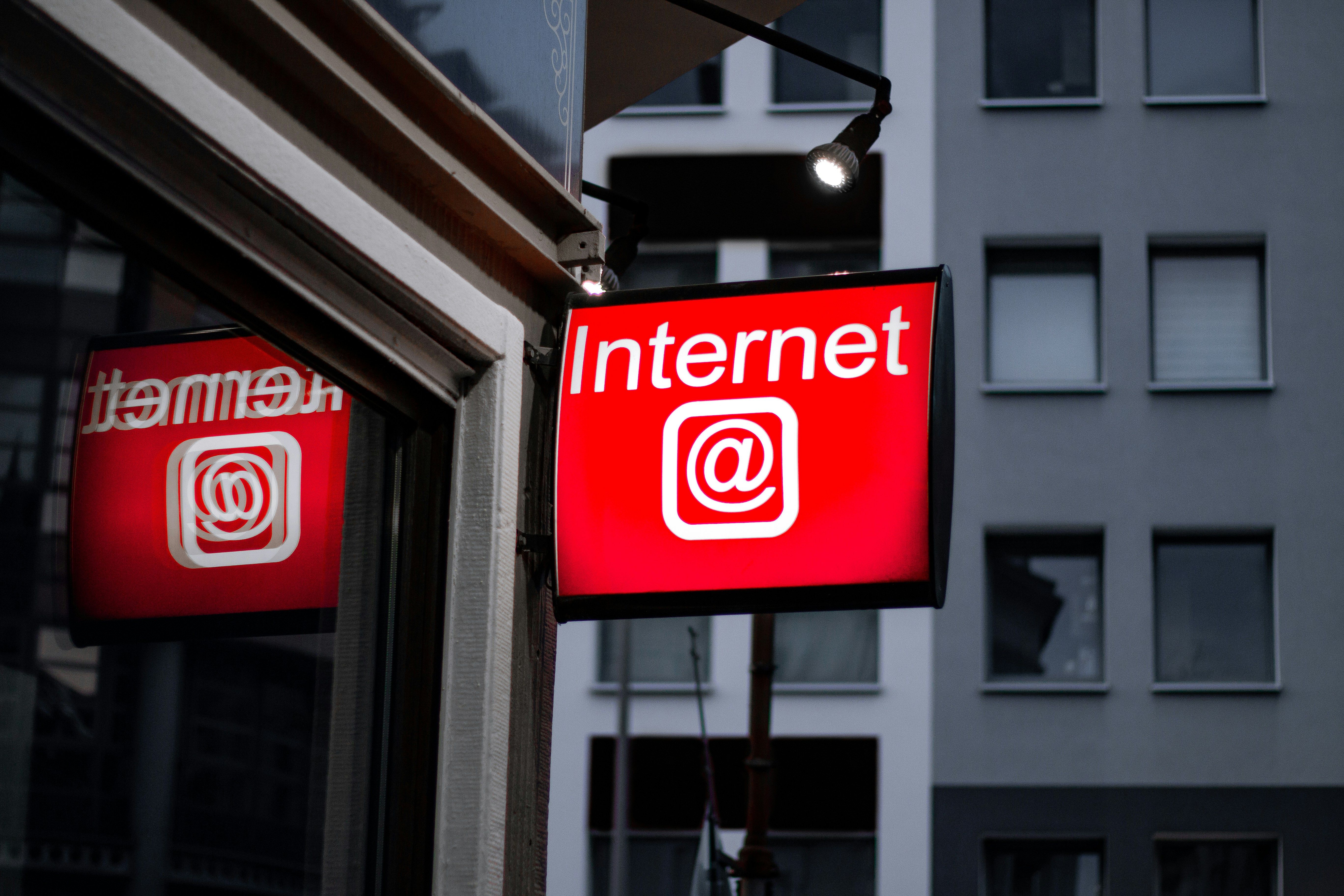Despite the rise of digital solutions, many businesses still operate offline only or have basic websites that haven't been updated in years. This is particularly true for mom-and-pop stores, local enterprises, and organizations in traditional industries, such as agriculture or manufacturing.
Some of these companies have been around for decades. They are living proof that it's possible to build customer loyalty and generate revenue without an online presence—just don't expect it to be easy. Your chances of success depend on your location, industry, products, and marketing strategy.
One aspect to consider is that you can create a free website for your business in minutes. It’s crucial to buy domain as fast as possible to secure the best option available for your branding. Plus, there are lots of ways to promote your products or services on social media and beyond without spending a dime. That said, there's no excuse not to have a website and grow your online presence.
But what does it take to transition your physical business online? And how to lay the foundation for customer loyalty? Let's find out.
Why a strong digital presence matters
According to Statista research, 43% of U.S. consumers prefer to shop online. The same goes for around one-third of buyers based in the UK, Ireland, Australia, Germany, Sweden, and other countries.
Yet, 27% of small businesses didn't have a website in 2022—and things haven't changed much since then. Some believe they don't need one. Others rely solely on social media or assume their customers don't go online.
Their assumptions make sense in some cases. For example, many small-scale farmers and local artisans attract repeat customers through personal connections. On a similar note, Amish furniture makers and other businesses rely on word-of-mouth marketing and local support.
However, even these enterprises could benefit from being active online. Companies with a strong digital presence can reach buyers from all over the world, build new revenue streams, and secure funding more easily.
Let's say you're active on social media and have a website with decent traffic. This would allow you to:
- Make money from affiliate marketing and sponsored posts
- Sell advertising space on your site or blog
- Start a crowdfunding campaign
- Provide additional services, such as online consulting
- Deliver highly personalized shopping experiences
- Offer 24/7 customer service
- Run targeted ad campaigns
- Showcase social proof
And much more.
For instance, you could leverage data analytics to better understand customer needs. With these insights, you can personalize your marketing campaigns and product offerings to improve the buyer experience and drive sales.
A strong online presence can also make it easier to raise brand awareness and gain market share. Plus, it's an opportunity to build a community around your brand and get repeat customers. You can do this without a website or social media pages, but on a much smaller scale.
Move your business online to boost customer loyalty
Most customers expect to find your business online, even if you serve a local audience. Some will want to see your latest offers or check your opening hours. Others may prefer to place their orders from home rather than visit your store.
Moving from in-person to online sales doesn't have to be difficult or expensive. It all starts with a website. Here's what you need to do.
Set up a business website
First, set up a website for your business. Consider using a website builder like Wix to avoid the hassle of hiring a developer or web designer. Note that you can start with a free plan and upgrade later on.
If you run a local business and don't want to sell online, create a basic website to share your story and connect with customers. Your site can have one or more pages with clearly defined sections like:
- About
- Products/Services
- Portfolio (if applicable)
- Testimonials
- Blog
- Contact
Let's assume you're a local photographer. Your website should have a section that showcases your best work. You could also set up a blog to share your expertise and build trust with potential clients.
Optimize your website for search engines
Next, optimize your web pages for users and search engines. This process involves identifying and using relevant keywords, building quality links, and ensuring your website is responsive, among other practices.
For example, local businesses can use location-specific keywords on their web pages, such as "same-day flower delivery [in] NYC" or "Fresno pet grooming." By doing so, you'll make your site more discoverable in local searches, which can increase foot traffic and sales.
Get listed in business directories
Submit your business to Yelp, Bing Places, Foursquare, Google My Business, Angie’s List, and other online directories. This practice can improve your visibility, increase organic (unpaid) traffic, and help you acquire backlinks.
Start by creating a Google Business Profile, even if you don't have a website yet. This way, your business will appear on Google Maps and in local searches, allowing customers to find it more easily.
Stay active on social media
Define your ideal customers and then determine where they are most likely to spend their time. Focus on two or three social media channels that resonate with your audience.
In the U.S., TikTok and Snapchat are most popular among young people, whereas Facebook appeals to millennials and older adults. Business professionals tend to be active on LinkedIn, Reddit, and X (formerly Twitter).
With that in mind, consider your customers' age, interests, and professional backgrounds, as well as the products you offer.
For example, visual platforms like Pinterest and Instagram are best suited for B2C companies selling clothing, home decor items, food products, or similar goods. But if you're a financial broker, accountant, or business consultant, you may do better on LinkedIn, Xing, or X.
Once you’ve decided which platforms make sense for your business, set up an account and start sharing content. Commit to a regular publishing schedule, engage with your followers, and initiate conversations around their pain points.
Don’t just promote your business and services. Instead, try to build meaningful connections and provide value with every interaction. Share expert insights, industry news, product updates, behind-the-scenes shots, and other types of content that appeal to your target audience.
Earn your customers' loyalty
As your online presence grows, develop a strategy to build customer loyalty and reduce churn.
For starters, make every interaction count. Reply to customers' questions in a timely manner, personalize your offerings, and go the extra mile to engage high-value prospects. Consider adding a live chat option on your site and social media pages to streamline support services.
It's also a good idea to launch a loyalty program online and offline. For example, you could offer rewards based on milestones or the amount of spending. Or create a VIP program that grants members access to special discounts, bespoke services, or exclusive events.
Most importantly, engage your customers across all channels through relevant content, personalized messages and notifications, and shopping experiences tailored to their needs.
Let's suppose you sell sports apparel or other clothing items. One way to build customer loyalty is to provide email subscribers with early access to new product launches, sales, or special offers. Go one step further and reward them for leaving reviews or recommending your business to their friends.
In the end, don't take customers' loyalty for granted. Strive to continuously improve your products and services, nurture your audience, and do things better than your competitors.
Table of content
Looking for influencers?










